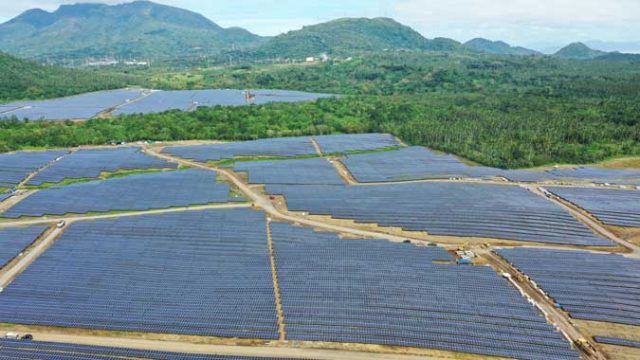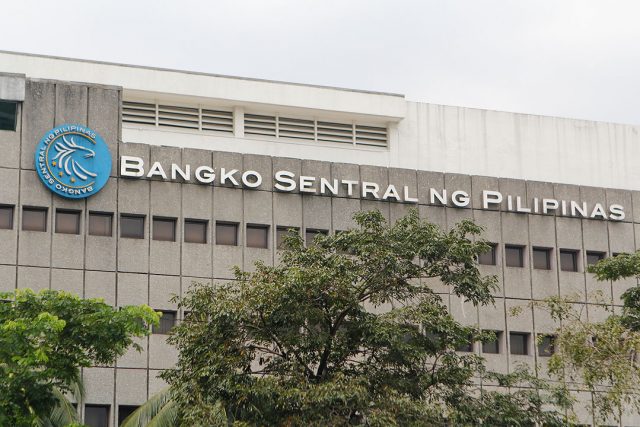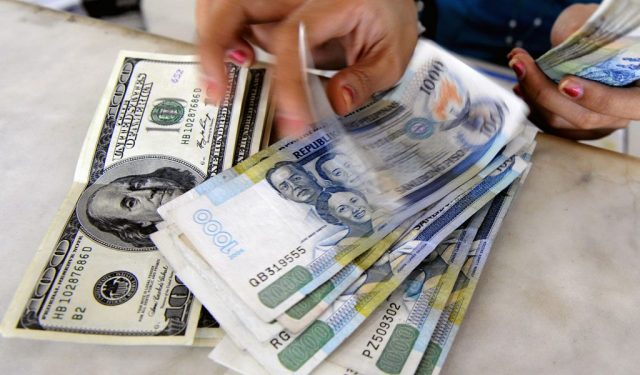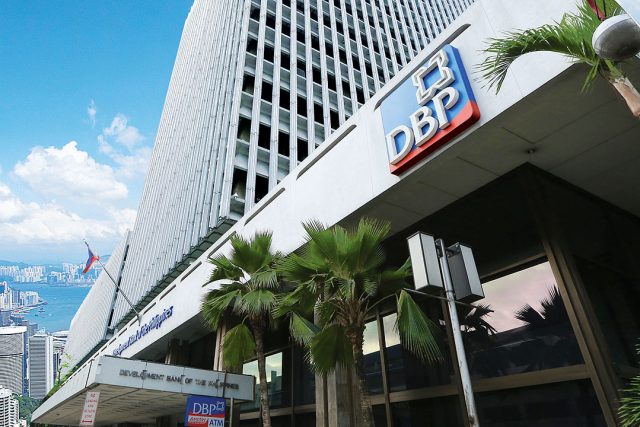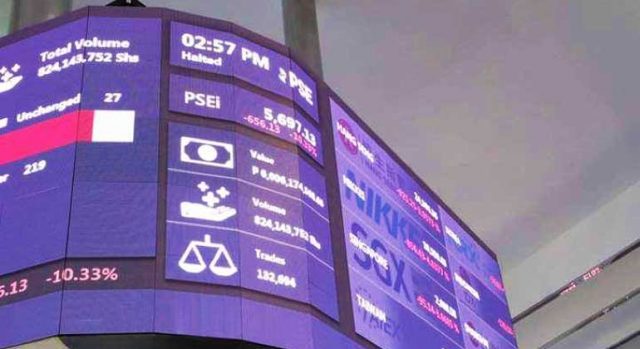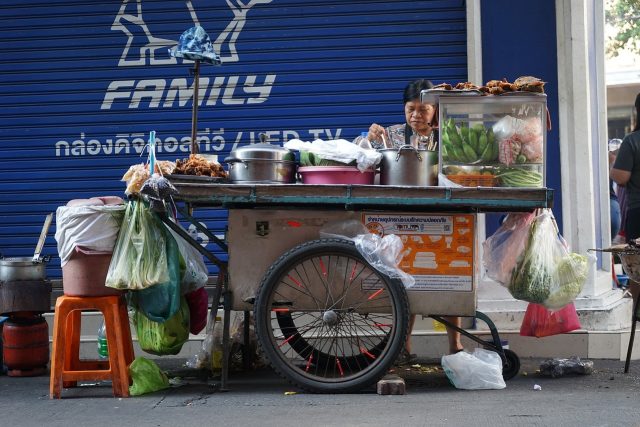Semirara Mining nets P4 billion in Q3
Semirara Mining and Power Corporation (SMPC) reported P4 billion in net income in the third quarter, surging more than five times from P750 million during the same period a year ago as prices and demand for coal increased.
In a regulatory filing, the listed miner said its P4.01 billion income is “its highest-ever quarterly net income for the period.”
“The surge in earnings was mainly due to the double-digit rise in Semirara coal sales and average selling price (ASP), as the strong rebound in post-pandemic economic activities, low inventory, production disruptions and stockpiling for the coming winter season widened the global supply and demand gap for coal,” SMPC said.
Revenues doubled to P14 billion in the third quarter from P7.2 billion a year ago. This was driven by revenues from coal which soared 215% to P9.72 billion, while power revenues inched up 3.7% to P4.27 billion.
Coal accounted for the bulk of SMPC’s sales, while Semirara-Calaca Power Corporation accounted for 17% and Southwest Luzon Power Generation Corporation accounted for the remaining 5%.
The company said the average selling prices of its coal soared 82% to P2,831 per metric ton (MT) in the July to Sept. period from P1,558 per MT in the same period last year.
However, production of coal, however, dropped by 39% to 2 million metric tons (MMT) this quarter from 3.3 MMT in the same quarter last year due to heavy rains affecting the company’s water seepage management efforts in its Molave pit.
“We expect our coal segment to continue to do well for the rest of the year because of elevated coal prices and sustained strong demand from China,” SMPC President and COO Maria Cristina C. Gotianun said in a statement.
On the other hand, the power segment was affected by the higher plant outages in the third quarter.
“Total power sales fell by 34% to 1,032 GWh as three of the four SMPC plants were down for various periods during the quarter. Improved market conditions due to demand recovery to pre-pandemic level has served as a cushion from the full impact of lower plant availability,” the company said.
Meanwhile, SMPC said its consolidated net income of P10.29 in the first nine months of 2021 has already exceeded its pre-pandemic annual income of P9.7 billion.
“Stable coal production and reduced internal usage amid a tight market allowed the Group to take advantage of accelerating China demand, record-high coal prices and the weak peso. However, this was tempered by the prolonged forced shutdown of SCPC Unit 2 and higher replacement power purchases,” the company said.
Excluding a non-recurring P133-million loss this year mainly from the deferred tax remeasurement due to the effectivity of the CREATE Law and a one-time gain of P61 million from a financial contract, consolidated core net income jumped 256% to P10.43 billion. — Bianca Angelica D. Añago



